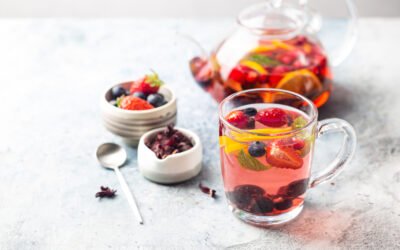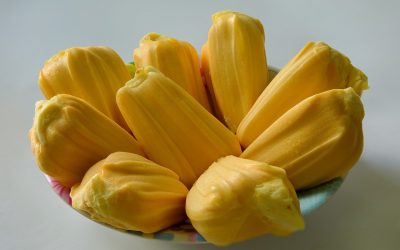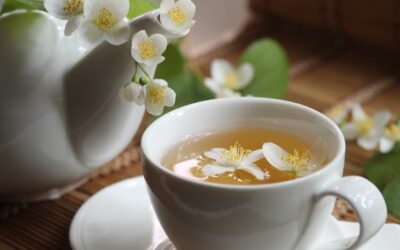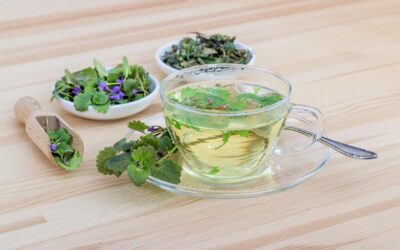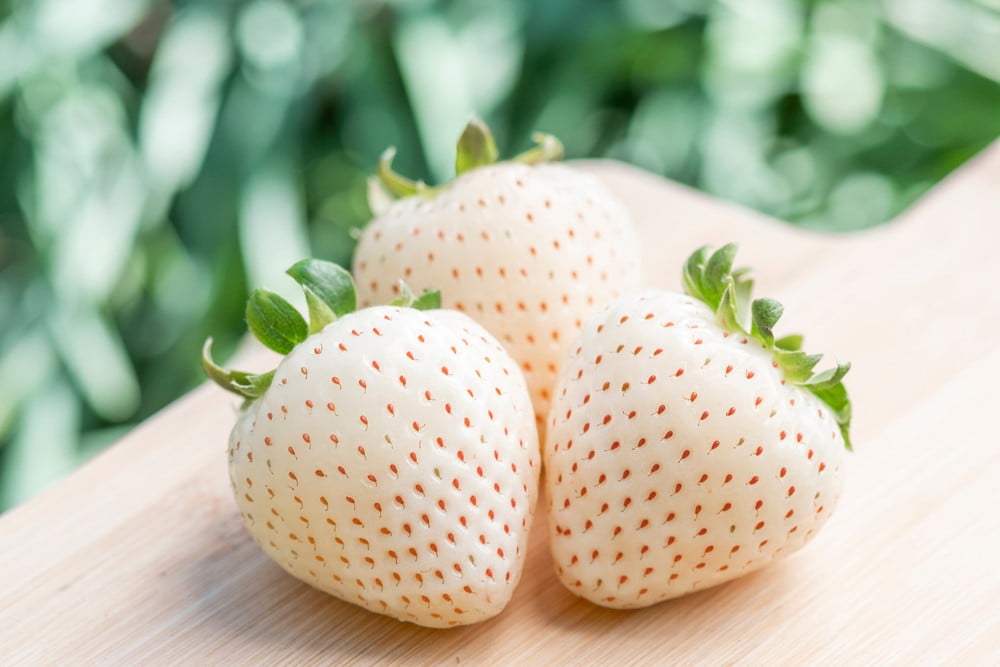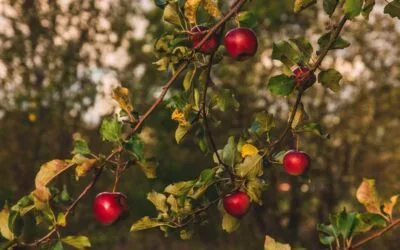Barberry bush is also known as Daruharidra. It is enrich with many nutrients, so it is effective to cure many diseases. Barberry has been used as a herb for centuries. It’s a wild fruit, which is commonly known as Berberis Aristata.
It is also known as Kingod in many places in the local language. It’s a thorny bush. Barberry is a small purple fruit and has yellow flowers. Although the plant is found only in parts of Europe, Africa and Asia, it can be purchased online in all over the world.
Where is Barberry Bush Found?
Barberry is found in the temperate Himalayas in India at an altitude of 2000-3000 meters and in the hilly areas of Nilgiris. At the same time, Daruharidra is also found at an altitude of 2000-2300 meters in Nepal, Bhutan and Sri Lanka. In addition, Barberry Bush are also found in Asia, Europe and the US.
Barberry Benefits.
The fruits and stem of Barberry are used as medicines. Barberry is a panacea for many diseases. It has been used as a traditional medicine for digestive problems, infections and skin for centuries. Lets see the health benefits of Barberry bush.
Barberry for Diabetes.
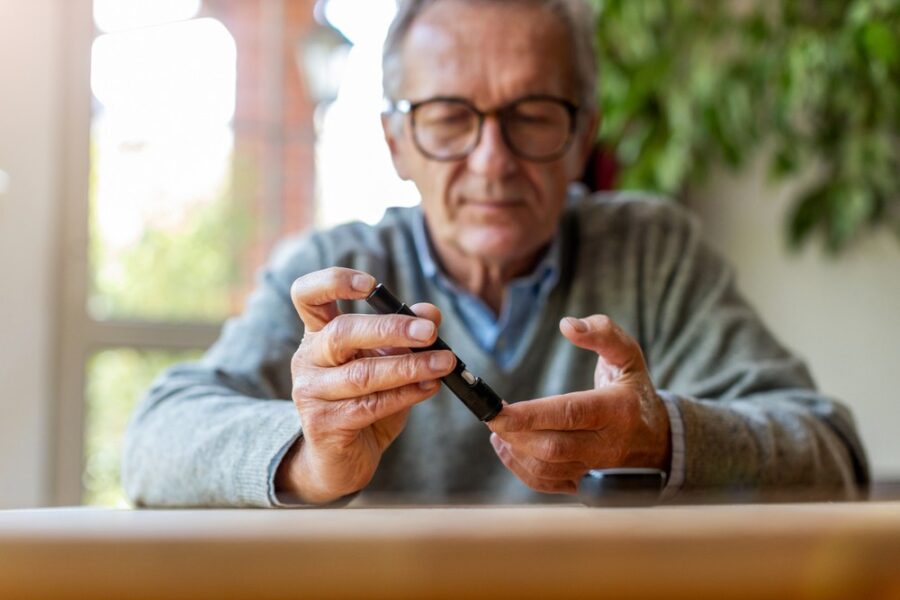
Barberry is helpful to control high blood sugar levels. The study found that people with type 2 diabetes, aged 35-36 years, consumed 1.5 grams of Barberry for 3 months a day. This led to a 2% reduction in their HbA1c.
The researchers found that Barberry has positive effects on blood sugar and HbA1C. In addition, it is found through an 8 week study on 30 people with type 2 diabetes that who took 2 mg of dried Barberry fruit extracts daily had reduced HbA1c levels.(1)
| Read Now: 6 Incredible Yoga Poses For Diabetes |
Barberry in Diarrhea.
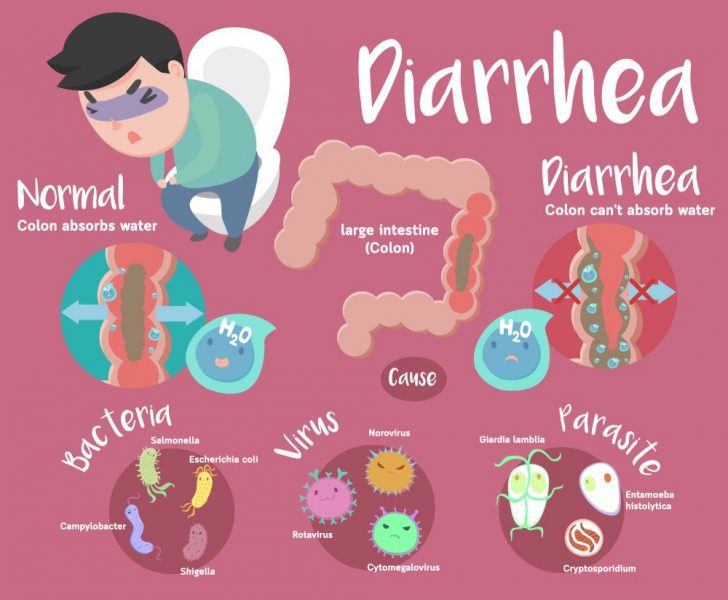
Barberry has been used for centuries to treat diarrhea. It is considered effective in treating diarrhea caused by bacterial infections. A study done in 32 adults with diarrhea, and irritable bowl syndrome where patients were given 400mg of berberine hydrochloride per day, and it has been found that berberine hydrochloride is effective on controlling diarrhea and reducing IBS.(2)
Barberry Contains High Nutrition.
Barberry contains all the nutrients. It is rich in carbs, fiber and many vitamins and minerals. It is the best source of vitamin C. Barberry contains antioxidants which can prevent the cells causing cancer.
In addition, Barberry contains zinc, manganese and copper, all of which are minerals that play an important role in boosting your immunity and helps in preventing from diseases. Barberry is also beneficial for your brain and heart.
Barberry For Metabolic Syndrome.
Consumption of Barberry helps to prevent metabolic syndrome, which increases heart risk and diabetes. Barberry mainly helps in controlling obesity and high blood pressure, cholesterol, and triglyceride, which are all risk factors for this syndrome.
In the study, 46 patients with type 2 diabetes were asked to drink 200 mg of Barberry juice per day for an 8 week. As a result, the level of blood pressure, triglyceride, cholesterol and blood sugar decreased considerably compared to placebo from Barberry. In addition to improving risk factors for metabolic syndrome, Barberry also helps to reduce oxidative stress in people.(3)
| Read Now: How To Prepare Ginger Tea For Diabetes? |
Barberry For Dental Health.
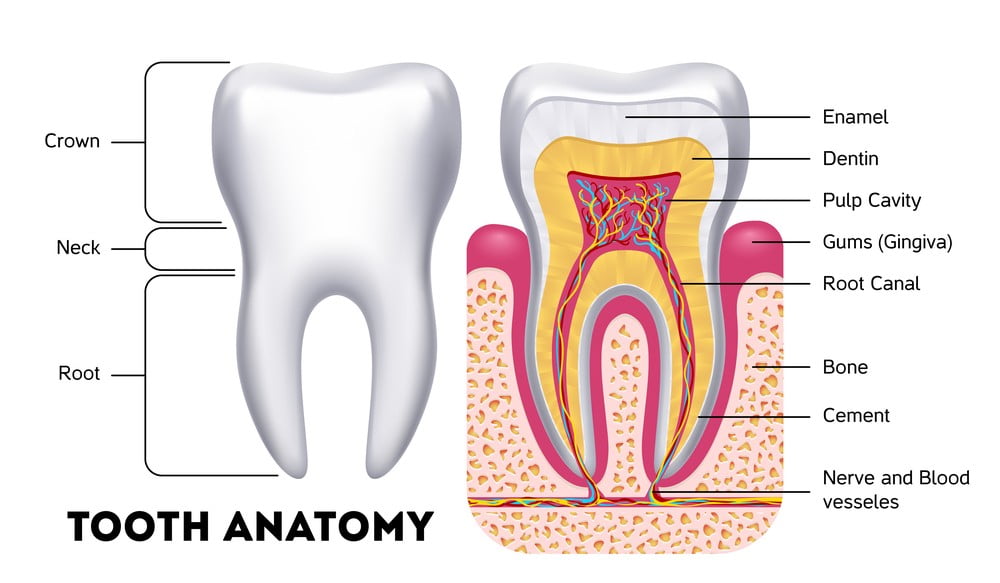
Studies have shown that the extract of Barberry can fight with inflammation. Because barberry has powerful anti inflammatory properties. Therefore, it can help to treat gingivitis and other dental problems. Barberry Gel helps in reducing plaque and gum inflammation.(4)
Barberry Prevent Cancer.
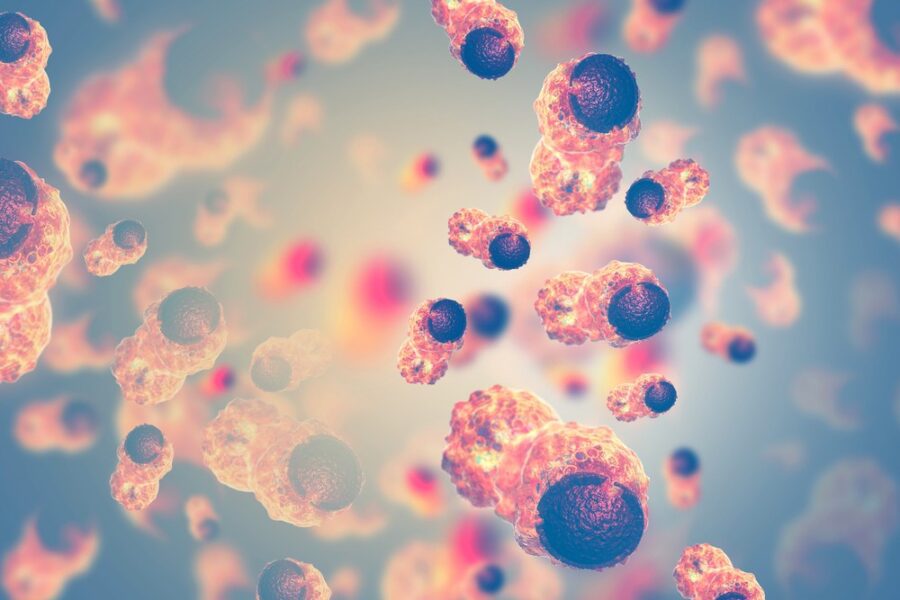
Barberry acts as an antioxidant, it can prevent enzymes involved in the growth of cancer cells and also destroy cancer cells. Several studies have shown that Barberry prevents the growth of tumors and helps in reducing the risk of cancer by destroying human prostate, liver, bone and breast cancer cells.
However, more research is needed to better understand the role of Barberry in the treatment and prevention of cancer.(5)
Barberry for Inflammation.
The study show that Daruharidra has anti granuloma and anti inflammatory properties that help to prevent inflammation.(6) The paste made from barberry bush has shown effective in rheumatoid arthritis to relieve pain and swelling. Its filtered brew is used to relieve pain, swelling and wash eyes.
Barberry for Piles.
Daruharidra is a valuable remedy for the treatment of bleeding piles. A thin solution is made which can be used externally to treat hemorrhoids. In addition, the bark of the root of daruharidra contains berberine which contains antifungal, antibacterial, antioxidant and antiviral properties.
Barberry for Fever.
It is effective in malaria fever as a medicine for quinine. It is especially useful in relieving pyrexia (increase in body temperature). Its bark and root bark are given as a decoction. The decoction is given twice in a dose of 25 to 75 grams or thrice a day.
Barberry for Eyes.

Daruharidra is effective to treat many eye diseases. It may use with butter and alum or opium or lime juice and applied externally to the eyelids to treat eye and other eye diseases. When mixed with milk, it can be used effectively as lotion in conjunctivitis.
| Read Now: How To Take Care of Your Eyes Properly? |
Barberry Bush for Periods.
This berries can help to reduce hypertension during menstruation. So, it is used in 13 to 25 grams of doses to relieve pain and cramps during menstruation.
Barberry Bush for Skin.
In skin diseases, it is usually given in doses of 13 to 25 grams. Its bark and root are effective as a purifying for acne, ulcers and wounds, as it helps in quick healing of wounds.
Side Effects of Barberry Bush.
- Because it can reduce blood sugar levels, people with diabetes can use it as advised by their doctor.
- It can be consumed by children and during breastfeeding but in a limited quantity.
- Seek medical advice to use during pregnancy.
Quantity of use of Barberry.
The quantity of use of Barberry should be as follows:
- Powder – 0.5-3 g.
- Juice- 1-2 g.
Use as per the doctor’s advice.
How to use Barberry Bush?
Barberry should be used as follows:
- Whole.
- Root bark.
- Trunk.
- Stem bark.
- Fruit.
How To Make Barberry Bush?
Method – Take 16 cups of water in a boiling pan and cook the root and lower stem of Daruharidra in it and boil until the water reduced to quarter. Then add equal quantity of goat or cow’s milk to this brew. Thicken while cooking on low heat. This substance is called rasaunt. It is kept dry in the sun.
Bottom Line.
Barberry bush gives fruit which is a juicy berry often eaten as fresh fruit, and most of this bush is cultivated mainly for fruits. The shrub of Daruharidra is smooth and evergreen which is 2 and 3 meters high.
Its leaves are 4.9 cm long and 1.8 cm wide. It is most grown in India and Nepal. Most of its plants are found in the Himalayan, Bhutan, Sri Lanka and hilly areas of Nepal. It grows at an altitude of 2000 to 3000 meters in the Himalayan region. Apart from this it has several health benefits as mentioned above.
+6 Sources
Freaktofit has strict sourcing guidelines and relies on peer-reviewed studies, educational research institutes, and medical organizations. We avoid using tertiary references. You can learn more about how we ensure our content is accurate and up-to-date by reading our editorial policy.
- The Effects of Berberis vulgaris Fruit Extract on Serum Lipoproteins, apoB, apoA-I, Homocysteine, Glycemic Control and Total Antioxidant Capacity in Type 2 Diabetic Patients; https://www.ncbi.nlm.nih.gov/pmc/articles/PMC3832145/
- A Randomized Clinical Trial of Berberine Hydrochloride in Patients with Diarrhea-Predominant Irritable Bowel Syndrome; https://pubmed.ncbi.nlm.nih.gov/26400188/
- Effect of barberry (Berberis vulgaris) consumption on blood pressure, plasma lipids, and inflammation in patients with hypertension and other cardiovascular risk factors: study protocol for a randomized clinical trial; https://trialsjournal.biomedcentral.com/articles/10.1186/s13063-020-04918-7
- Efficacy of Barberry Aqueous Extracts Dental Gel on Control of Plaque and Gingivitis; https://www.researchgate.net/publication/237414340_Efficacy_of_Barberry_Aqueous_Extracts_Dental_Gel_on_Control_of_Plaque_and_Gingivitis
- Plants Against Cancer: A Review on Natural Phytochemicals in Preventing and Treating Cancers and Their Druggability; https://www.ncbi.nlm.nih.gov/pmc/articles/PMC4017674/
- Anti-inflammatory and anti-granuloma activity of Berberis aristata DC. in experimental models of inflammation; https://www.researchgate.net/publication/298726507_Anti-inflammatory_and_anti-granuloma_activity_of_Berberis_aristata_DC_in_experimental_models_of_inflammation

 Workout
Workout
 Meditation
Meditation


 Stories
Stories


 Podcast
Podcast E-book
E-book



